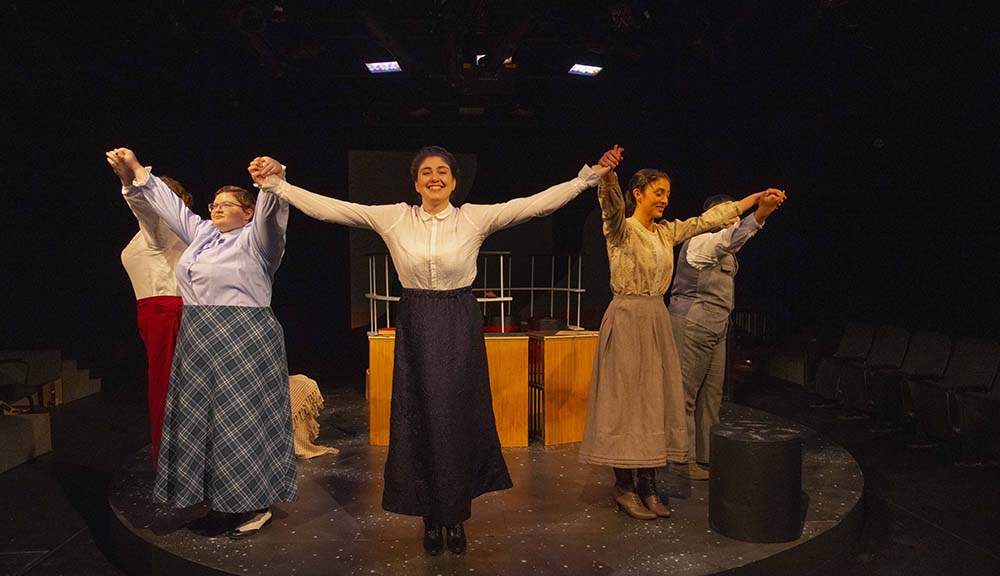A Doll’s House, the Henrik Ibsen play about the metamorphosis of a stifled housewife, gets turned on its head in this week’s play put on by Masque and the Gender Equality Club. Tonight and tomorrow night’s productions present the play with its traditional story line but with one major exception. All the gender roles throughout the script are flipped.
 Dan Murray ’16, director of the play and president of the Gender Equality Club, says rather than just having women in men’s roles and men play women’s roles, they took the swap a step further. In this production of A Doll’s House, each female role was cast as a male character and played by a male. So the female lead in the play, Nora Helmer, becomes Norfred Helmer and is played by a male, but recites the lines as they were meant for a woman.
Dan Murray ’16, director of the play and president of the Gender Equality Club, says rather than just having women in men’s roles and men play women’s roles, they took the swap a step further. In this production of A Doll’s House, each female role was cast as a male character and played by a male. So the female lead in the play, Nora Helmer, becomes Norfred Helmer and is played by a male, but recites the lines as they were meant for a woman.
With the play’s emphasis on gender inequality and Ibsen’s characters’ already slightly exaggerated gender norms, this flip made the new gender roles particularly poignant, says Murray. “It’s interesting because something like the female roles, which you don’t always think of when you are acting or directing, often are played as more timid or more gentle,” he says. “They had to be stern and forceful and the men had to sort of tiptoe so they don’t anger the females.”
As for the actors, he says, it was sometimes difficult to inhabit a character of the opposite sex. “It’s tricky because when a male actor is playing a male part, he draws on experiences in his own life,” says Murray. When he is playing a female, he doesn’t have that first-hand knowledge of genuine reactions.


